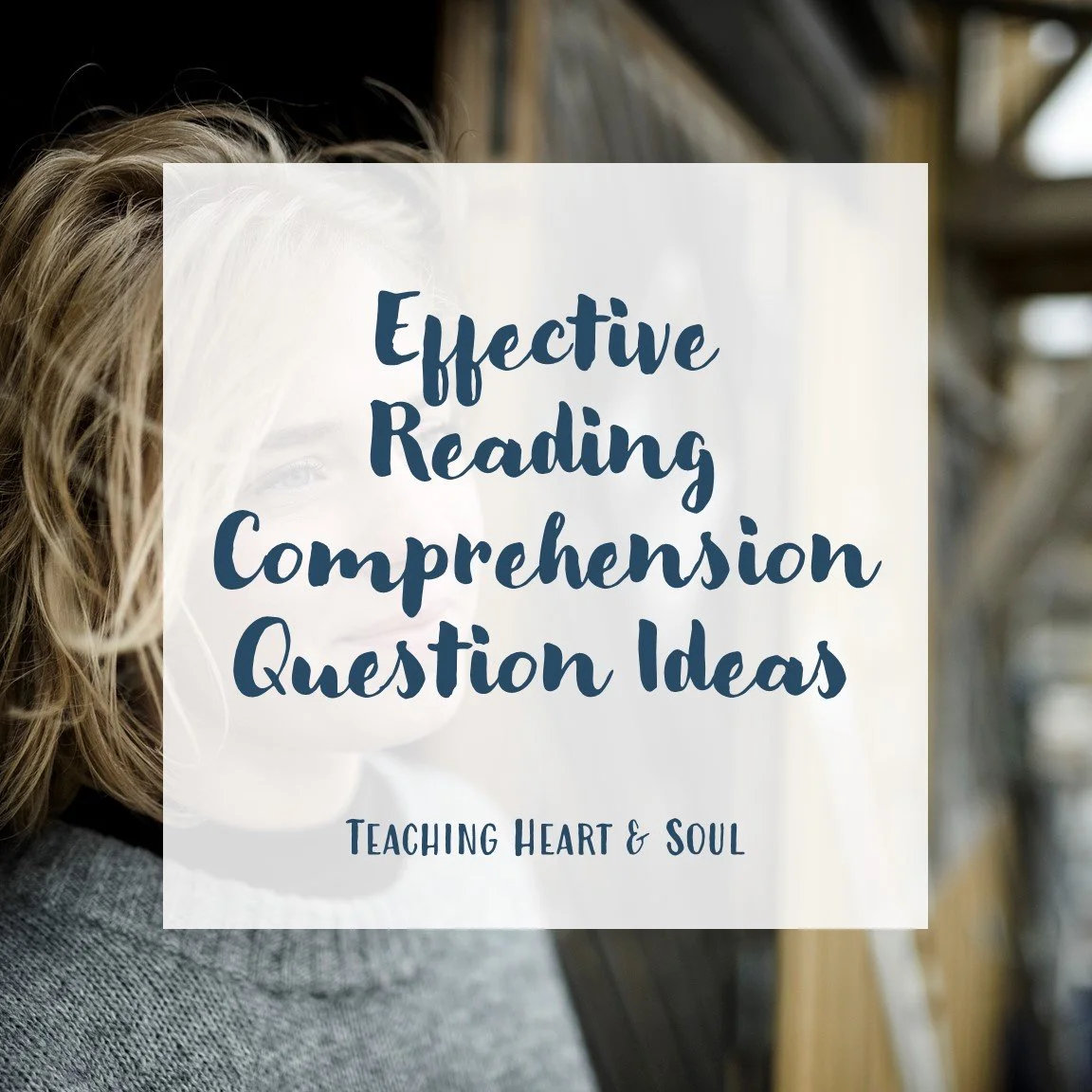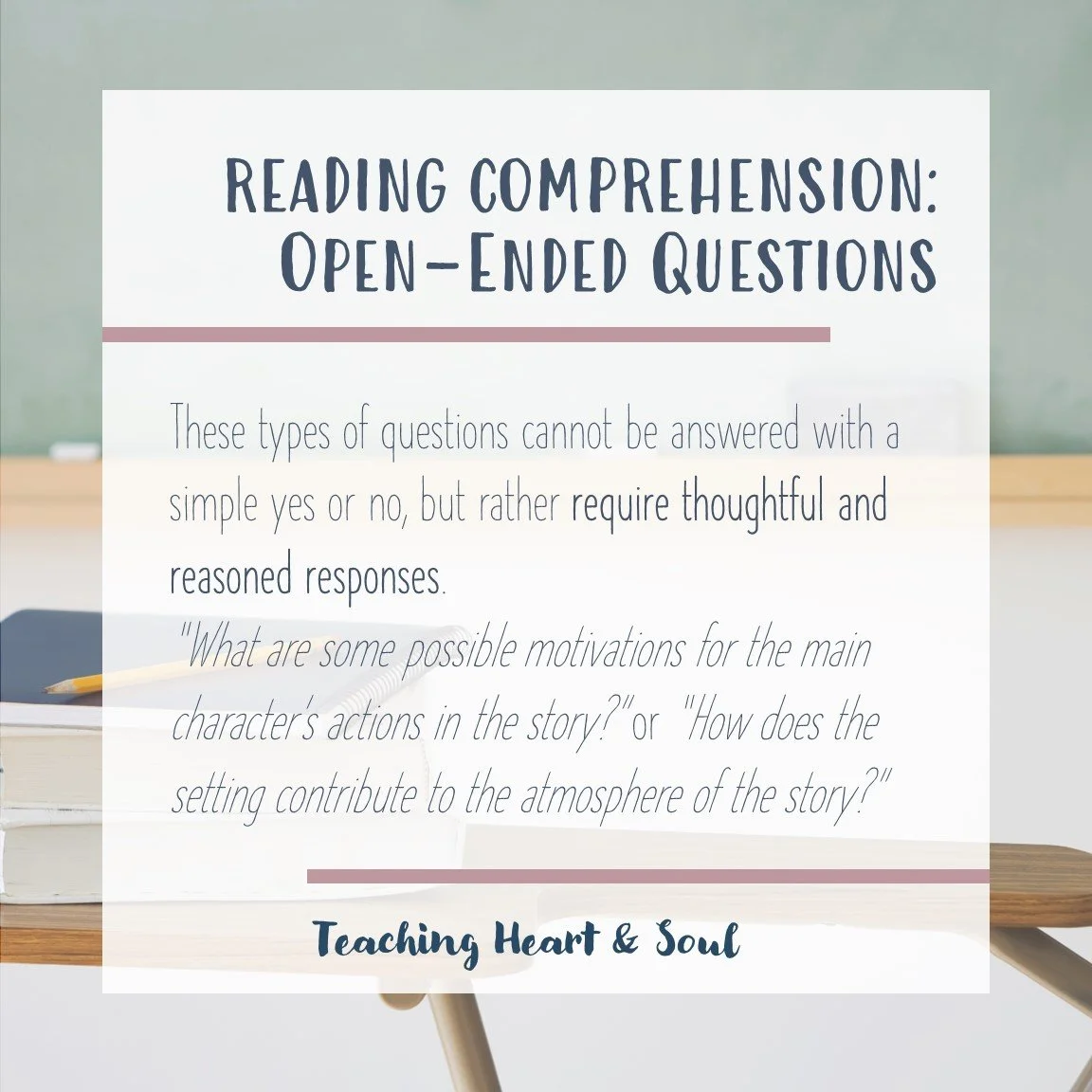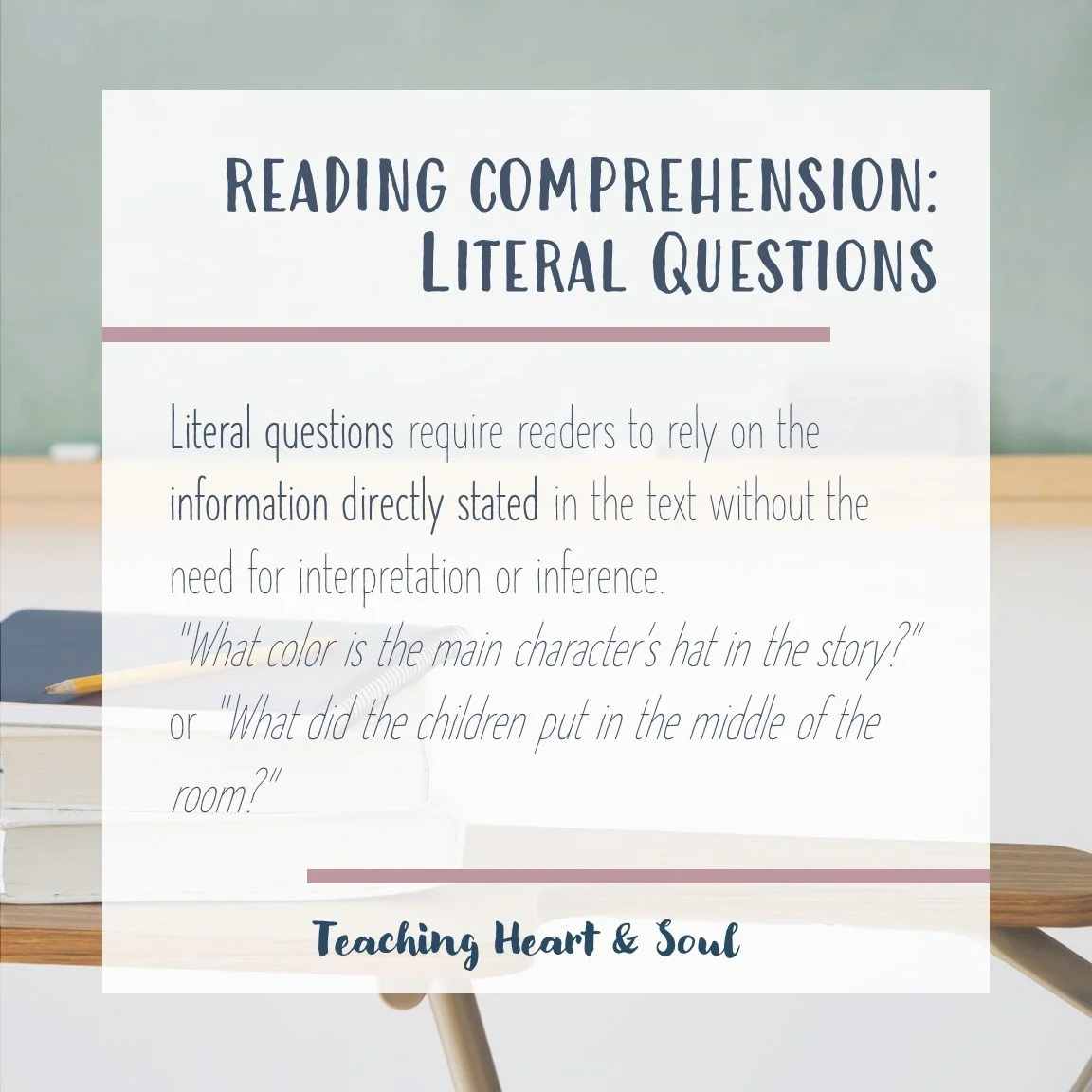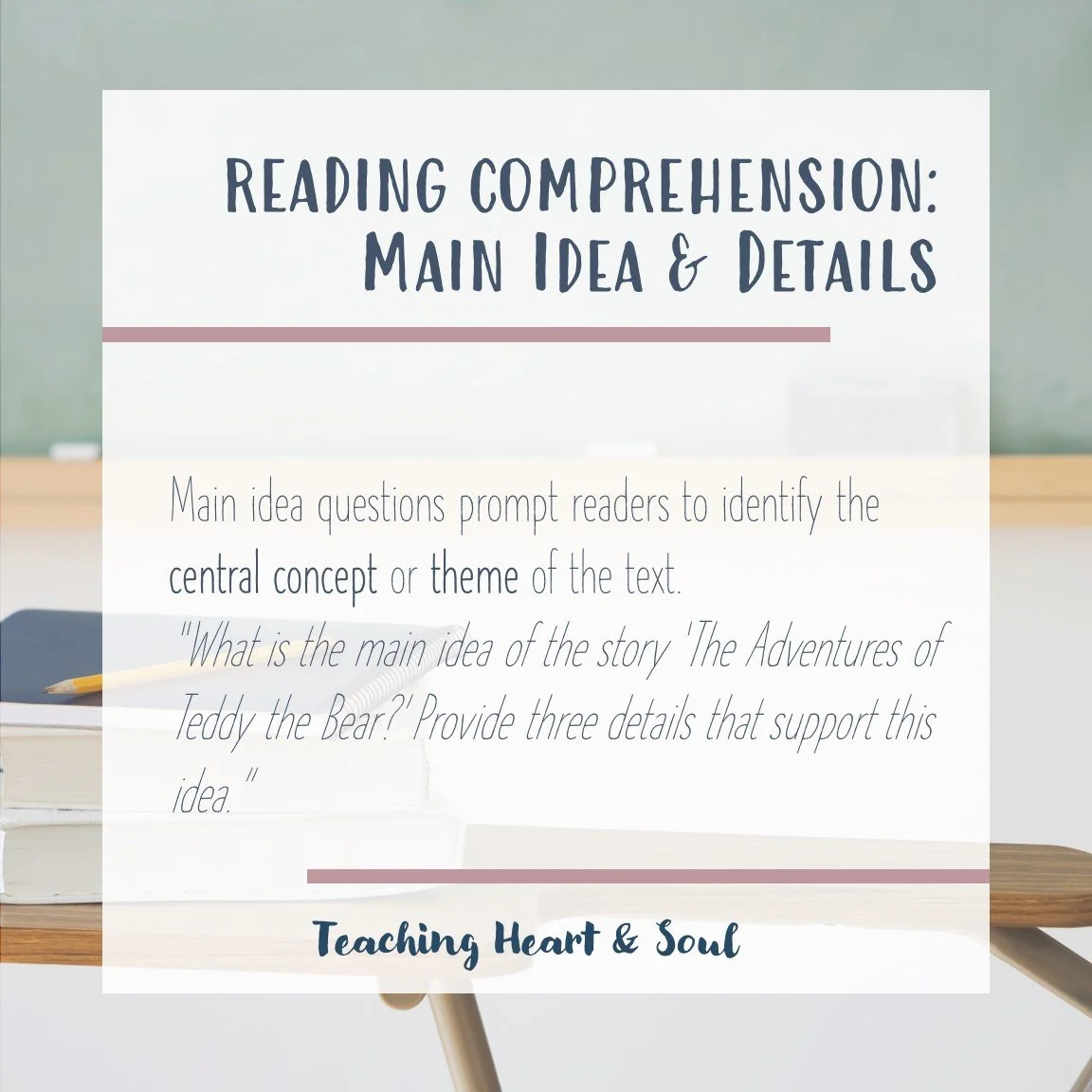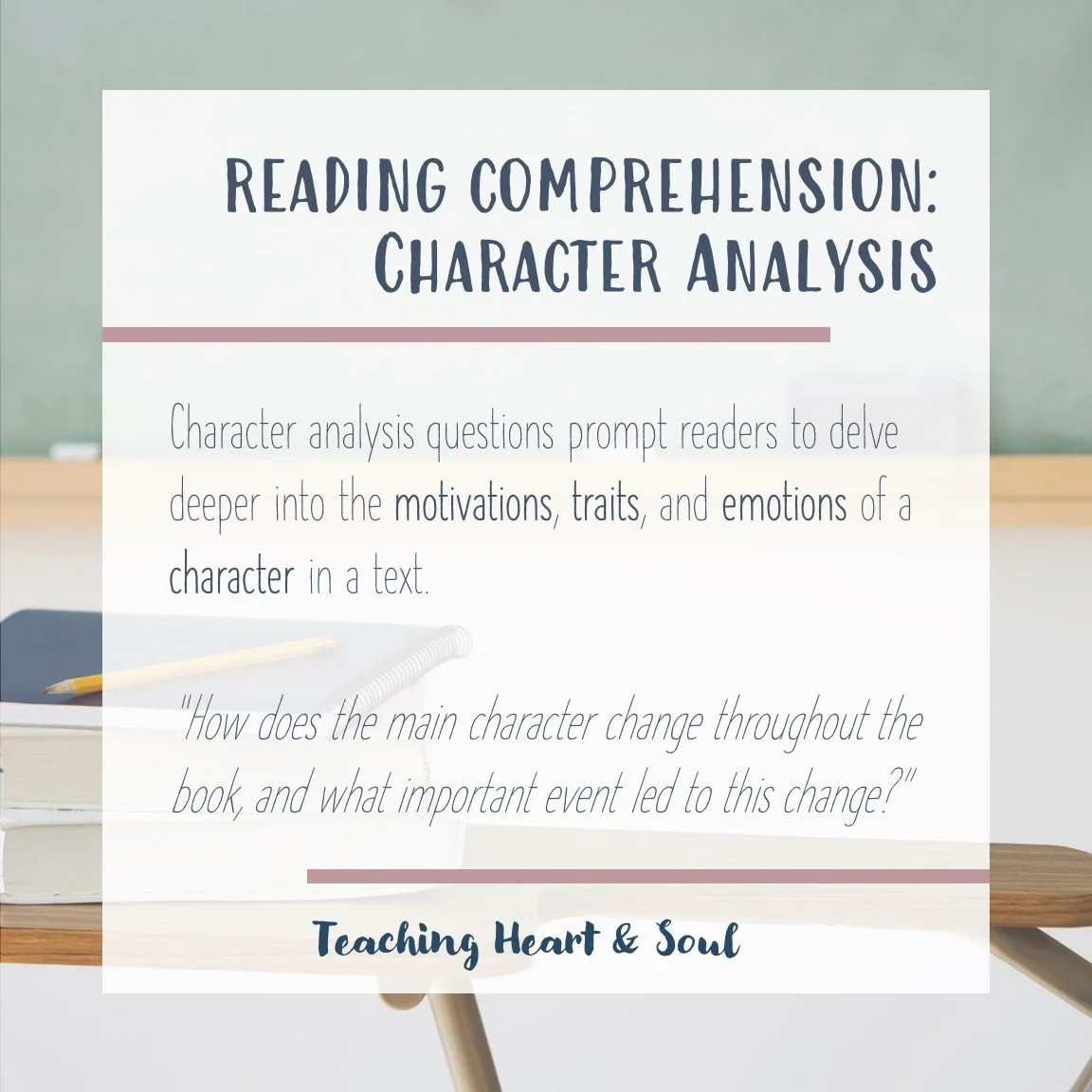Effective Reading Comprehension Question Ideas
Are your students struggling to fully comprehend what they read?
Do you find it difficult to assess their understanding in a meaningful way?
By asking the right questions, we can delve deeper into the text, encourage critical thinking, and gauge the understanding of the reader.
Whether you're a teacher looking to enhance your reading instruction or a parent eager to support your child's reading development, we have got you covered with a range of engaging and thought-provoking question ideas that will take reading comprehension to a whole new level.
Text Level and Complexity
Text level refers to the grade level or audience for a piece of writing.
Matching the text level to the reader's ability helps them understand and connect with the material. Texts that are too easy hinder growth, while ones that are too hard can overwhelm, making comprehension difficult.
Text complexity includes factors like vocabulary, sentence structure, organization, background knowledge, and ideas. Readers' prior knowledge and abilities affect how they perceive text complexity.
The first part of reading comprehension and questions for understanding is ensuring that children are reading a passage that is at their level before moving on to other books that are more difficult as they progress.
Question Types
Reading comprehension is a crucial skill that enables individuals to understand, interpret, and analyze written texts effectively. To assess a reader's comprehension, various types of questions are used. These questions are designed to assess different aspects of reading, including literal understanding, inferential thinking, and critical analysis.
By asking a range of question types, educators can assess students' understanding across multiple levels, encourage deeper thinking about texts, and promote the development of higher-order reading skills.
Additionally, you can facilitate a class discussion where students can verbalize their answers rather than having to write them down. This can make comprehension more interesting to students as they answer questions.
CLICK HERE to check out a FREE 50-Page reading comprehension resource with comprehension questions aligned to Common Core state standards.
Open-Ended Questions
Open-ended questions encourage critical thinking and reflection, allowing readers to delve deeper into the text and develop a thorough understanding. These types of questions cannot be answered with a simple yes or no, but rather require thoughtful and reasoned responses.
For example,
What are some possible motivations for the main character's actions in the story?
How does the setting contribute to the atmosphere of the story?
Close-Ended Questions
Close-ended questions focus on specific details and have only one correct answer. While they may seem more straightforward, close-ended questions help readers recall information, make connections, and identify key details within the text. Both types of questions are essential in promoting active reading and enabling readers to extract meaning, analyze content, and engage with the text more effectively.
For example,
Did the main character in the book make the right decision in the end? (Yes or No)
Is the story primarily set in a rural or urban environment? (Rural or Urban)
Literal Questions
Literal questions are a crucial component of reading comprehension. These types of questions focus on understanding the explicit information presented in a text. They require readers to rely on the information directly stated in the text without the need for interpretation or inference.
Literal questions can be found at various levels of difficulty and are designed to assess a reader's ability to locate, recall, and comprehend factual details and main ideas. By answering literal questions, readers demonstrate their understanding of specific details, sequences, cause-and-effect relationships, and other objective information present in the text.
For example,
What color is the main character's hat in the story?
How many apples did Sarah leave in the classroom?
What did the children put in the middle of the room?
Inference Questions
Inference questions require readers to delve deeper into the text, making connections, looking into the author's purpose and drawing conclusions based on implied information. These types of questions encourage readers to think critically and infer meaning from the text through analysis, interpretation, and synthesis of what they think the author is trying to tell them.
For example,
Why do you think the main character felt sad when they found the lost puppy?
What can you infer about the character's personality based on what happened in the story?
From the clues in the text, what do you think might happen to the main character next in the adventure?
What do you think the author is trying to convey when she describes the doorway as "blue?"
Vocabulary Questions
Vocabulary questions aim to gauge a reader's understanding and knowledge of specific words or phrases used in a text. By presenting words in context and asking students to define them or discern their meaning from the surrounding text, vocabulary questions encourage deeper engagement with the material.
For example,
What does the word "gigantic" mean in the sentence, "The elephant was truly gigantic"?
Can you find a synonym for the word "happy" in this paragraph?
How would you define the word "mysterious" as it's used in the story?
Main Idea and Details
Main idea and details questions are a crucial component of reading comprehension. When encountering a text, whether it be a story, an article, or a passage, main idea questions prompt readers to identify the central concept or theme of the text. They require an understanding of the text as a whole and the ability to discern the most important information. On the other hand, details questions focus on specific information within the text, requiring readers to locate and remember particular facts, examples, or evidence.
For example,
What is the main idea of the story "The Adventures of Teddy the Bear?” Provide three details that support this idea.
In the article about butterflies, what is the central theme? Identify two specific facts that contribute to this theme.
After reading the passage about the solar system, explain the main concept in your own words and provide one detail that support that concept.
Sequence and Order
Sequence and order questions play a crucial role in enhancing reading comprehension skills of the plot.
These types of questions require learners to arrange events, steps, or ideas in a chronological or logical order. By engaging with sequence and order questions, readers develop their ability to recognize the structure and organization of a chapter or text.
Children are encouraged to identify transitions, signal words, and other textual cues that aid in understanding the sequential flow of information. As a result, they comprehend the material more effectively, grasping the cause-and-effect relationships, and gaining a deeper understanding of the author's intended message.
For example,
List the three main events that happened in the story in the order in which they occurred.
What are the steps involved in planting a seed?
Cause and Effect
Cause and effect questions are an essential component of reading comprehension. They focus on understanding the relationship between actions, events, and outcomes described in a text. These questions require readers to identify the reasons behind certain events, as well as the consequences that follow. By analyzing cause and effect, readers can grasp the author's intent, identify patterns, and make connections within the text.
For example,
How did the heavy rain affect the picnic? What changes did the characters have to make because of it?
What was the cause of the problem in the beginning of the story? How did the characters work together to find a solution?
Why do you think the author chose this setting? How does it affect what happens?
Character Analysis
Character analysis questions are a valuable tool in reading comprehension. These questions prompt readers to delve deeper into the motivations, traits, and emotions of a character in a text. By asking students to critically analyze characters, character analysis questions enhance their understanding of the text on a deeper level.
These questions require students to make connections between the actions and choices of a character and the overall plot, thereby facilitating a more comprehensive understanding of the story. They encourage readers to empathize with and analyze the complexities of characters, enabling them to grasp the underlying themes and messages conveyed by the author.
For example,
Describe the personality traits of the main character in the story. Provide evidence from the text to support your answer.
How does the main character change throughout the book, and what important event led to this change?
Compare and Contrast
Compare and contrast questions are a type of inquiry that requires students to examine the similarities and differences between two or more concepts, characters, events, or ideas. By structuring the thinking process around comparing and contrasting, students are encouraged to analyze and evaluate information, identify key details, and make connections between different elements within a text.
For example,
Compare and contrast the home life of the main characters at the beginning of the story to their life at the end of the story.
Compare and contrast the personalities of the main character and the other characters in the story, highlighting their similarities and differences.
CLICK HERE if you’d like to see Reading Comprehension resources on TPT.
Alignment to Learning Objectives
When creating reading comprehension questions for elementary students, it is crucial to ensure that they are aligned to the learning objectives.
Begin by clearly defining the learning objectives for the reading passage or lesson. These objectives should focus on specific skills or knowledge that students should gain from the text. Then, carefully review the questions you create and ensure they directly address and assess the identified objectives.
The questions should require students to demonstrate their comprehension of the text by analyzing, synthesizing, and evaluating information.
By carefully aligning the learning objectives with the comprehension questions, educators can effectively gauge students' understanding and provide targeted instruction to support their growth.
Scaffolding
Scaffolding reading comprehension questions for students is a crucial step in helping them develop strong comprehension skills.
Present questions during class discussions for peer support.
Provide opportunities to practice in literacy centers.
Begin with basic questions that focus on literal understanding of the text.
Encourage students to cite text evidence from the passage to support their answers.
Gradually introduce more complex questions that require inferential and critical thinking skills.
Provide sentence starters or graphic organizers for students to write their answers.
Model the thinking process by thinking aloud so that students can understand how to approach and answer comprehension questions.
Through this gradual release of responsibility, students will develop the necessary skills to independently comprehend text and engage in meaningful discussions about what they have read.
Feedback
When giving feedback to students during reading comprehension questions, it is important to provide specific and constructive comments. Begin by praising their efforts and highlighting what they did well. Then, address areas for improvement by pinpointing the specific mistakes or misconceptions made.
Offer suggestions on how they can improve their understanding or provide alternative strategies to approach similar questions in the future. This type of feedback helps students understand their strengths and weaknesses, allowing them to make necessary adjustments and develop a deeper understanding of the text. It also boosts their confidence by acknowledging their efforts, motivating them to continue their learning journey.
Ultimately, targeted feedback during reading comprehension questions enhances students' comprehension skills and fosters continuous growth.
Conclusion
In conclusion, effective reading comprehension question ideas are essential tools for educators to assess students' understanding and promote critical thinking skills. By crafting thought-provoking questions that require students to draw inferences, analyze text structure, make connections, and evaluate information, teachers can deepen their students' comprehension and encourage active engagement with the text.
Moreover, incorporating a variety of question types, such as literal, inferential, and evaluative questions, allows for a comprehensive assessment of students' understanding, ensuring that each reader's strengths and areas for growth are identified. Ultimately, by utilizing effective reading comprehension question ideas, educators empower their students to become thoughtful and proficient readers, equipped with the skills needed to navigate a world filled with written information.
Further Reading
CLICK HERE to learn more about reading aloud for reading comprehension.
CLICK HERE to find out how to engage your students with active learning strategies.
CLICK HERE to see activities to practice reading comprehension skills.
